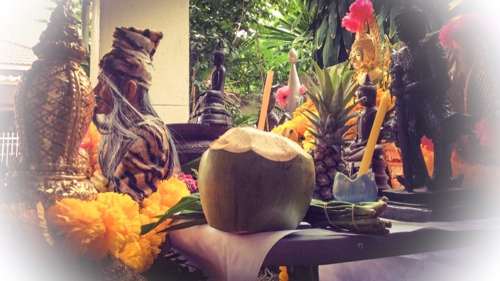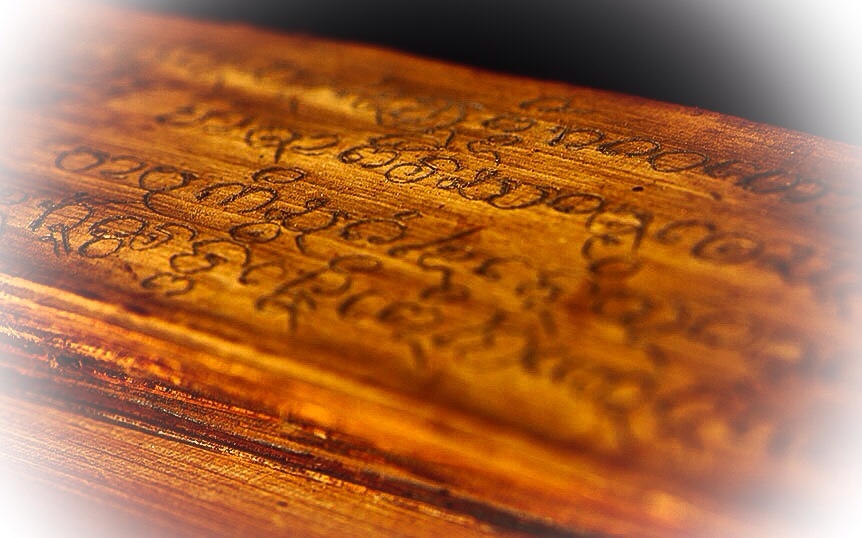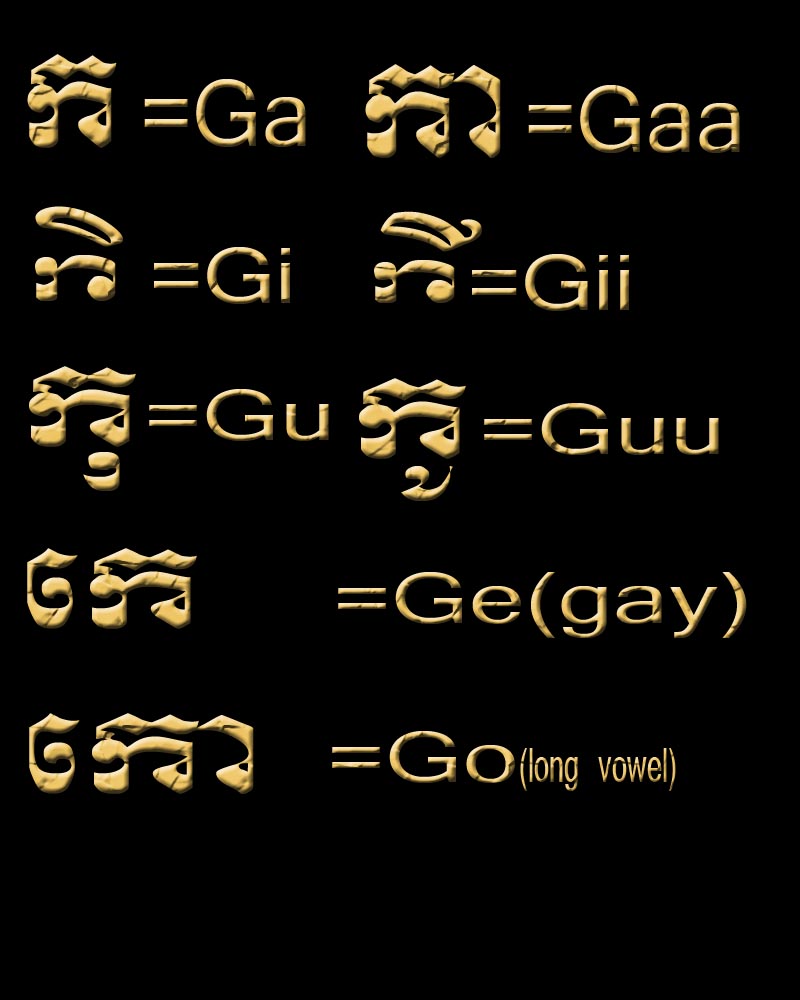Khom is the Sacred Khmer Sanskrit Script used to Inscribe Incantations around, and within Sacred Yant, and is for many Sak Yant Devotees, a fascinating topic in itself. Many people wish to leanr (and indeed quite a few people have already succeeded) in learning Khom.
After various relatively failed attempts over the years to try to explain Khom Agkhara Sanskrit on the web, i have begun using some whiteboard application to try to create some content to help people to understand the grammar of spelling in Khom, and how to use it to inscribe Sacred Yant. Also to analyse the meanings and symbols within the incantations found within Yant.

Kata Novahorakun – A Sang Wi Su Lo Bu Sa Pu Pha – Itipiso Encoded
I hope to step the episodes up and try to somehow formulate a series of Khom School lessons for those who are trying to figure it out. I have already done a few tentative attempts, and would like to share them with you here.
I apologize for the lack of calligraphic prowess in the above inscription tutorial, which is because the whiteboard app used does not allow for anything else but a thin even line to draw with. However, i feel that the tutorial serves it’s purpose, in allowing you to see how the spelling is performed.
In the above lesson which is primitively filmed (made ages ago), i explain floating vowels but do not mention that apart from the eight stand alone floating vowels, there are four other compound vowels in addition which are classified separately, and the mother of all vowels (Aw/Or) which is classed as a consonant. This gives us a total possible thirteen vowel sounds on Khmer Khom, but it must be said that in Sak Yant Thai Temple Tattoos, many Samnak and Kroo Ba Ajarn use ‘Thai-Khom’, which is a more complex and developed alphabet and A completely different set of grammar rules, which allow a further set of vowels to be added, such as the short ‘Oe’ vowel, and the short ‘Ae’ vowel, as well as the classic Thai ‘Ao’ vowel.
Now some Yant Analyses
And one last one with a Sacred Na Hua Jai Suea Tiger Spell i made on a bottle of Nam Man Suea Kroeng from Luang Phu Bpan.



